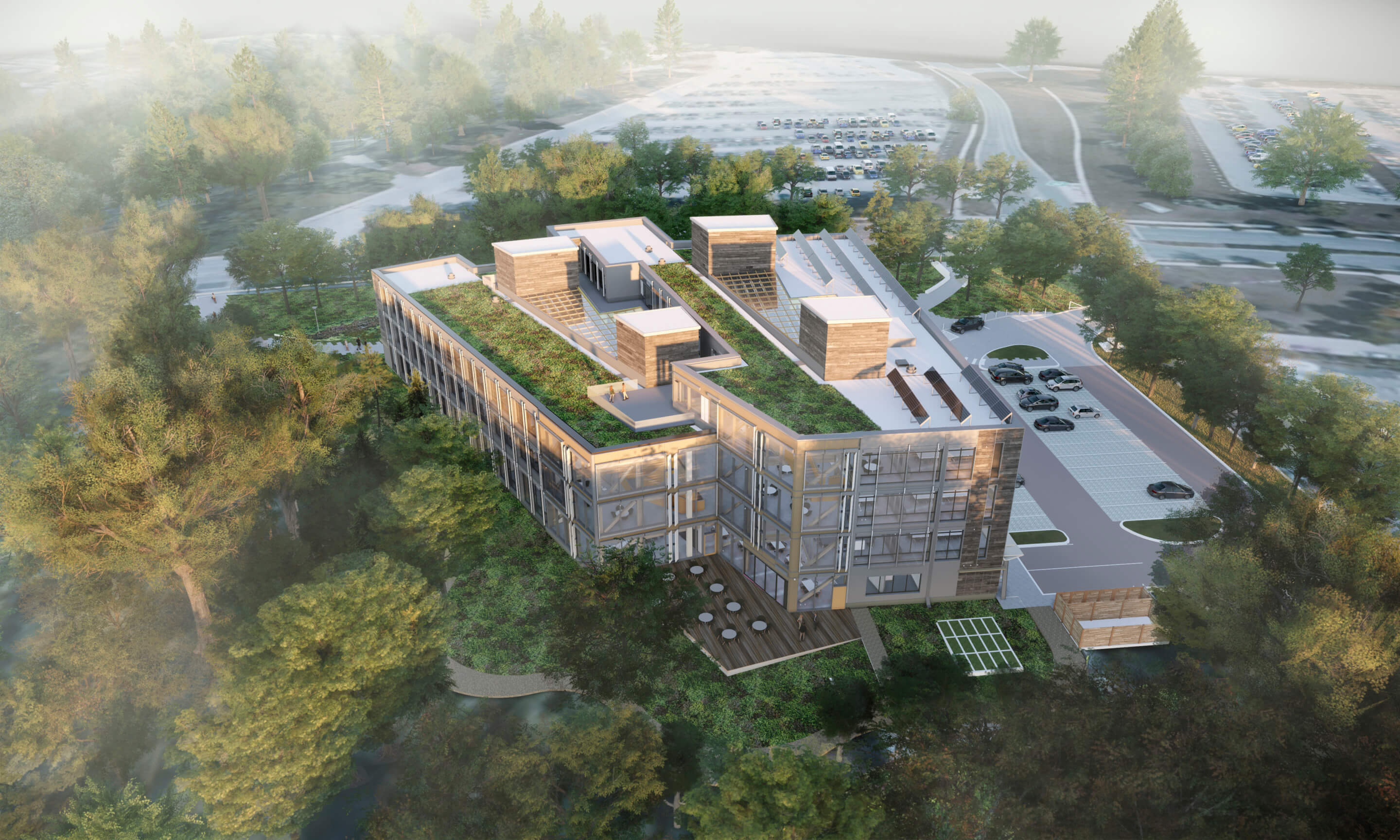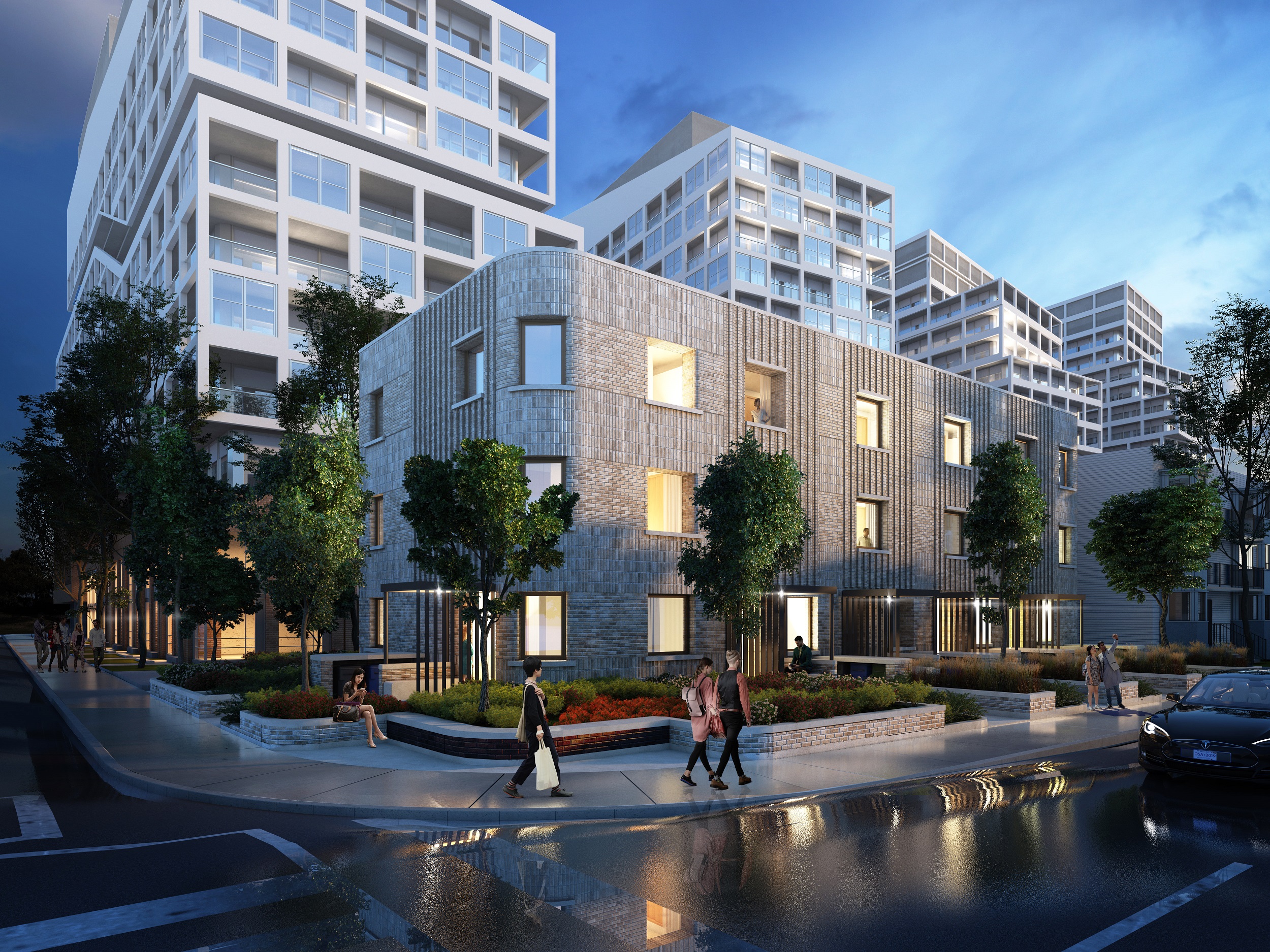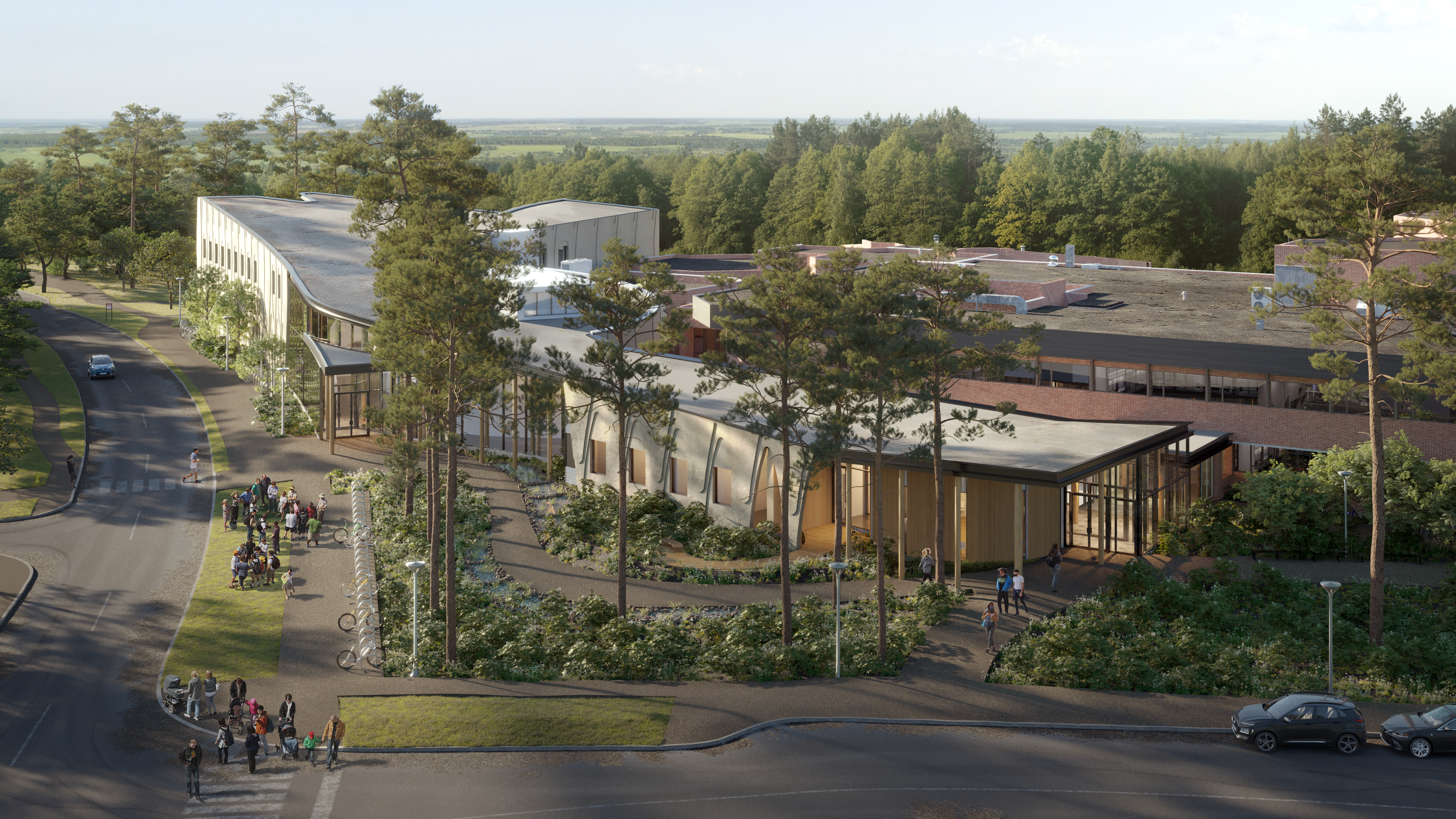Facades+ returns to Toronto for the first time since 2019 on July 21. The conference’s seventh event of the year will be co-chaired by Moriyama & Teshima Architects, with three panels in the morning symposium and three workshop options in the afternoon. Moriyama & Teshima partner Carol Phillips will open the conference, setting the tone for a day that will emphasize questions around embodied carbon, energy efficiency in residential design, and Indigenous design in facades.

The first panel, moderated by Moriyama & Teshima’s Damineh Dehnadfar, will dive into University of Toronto Adjunct Professor Kelly Alvarez Doran’s research on embodied carbon, in dialogue with designers from two projects included in their research. Andrzej Gortat, principal at ZAS Architects, will present the firm’s work on the Toronto and Region Conservation Authority Building, and Cathy McMahon, associate at Moriyama & Teshima, will present the firm’s work on the Ontario Secondary School Teachers’ Foundation Headquarters (OSSTF). Both projects are designed with features that meet environmental performance standards; the OSSTF building utilizes an awning for solar shading and the design process for the TRCA Building mandated a low carbon footprint in all design phases. Doran’s research on carbon costs for both projects will lead an evocative conversation on why envelopes are driving carbon consumption.

Diamond Schmitt, RDH, and Teeple Architects will discuss environmental performance in Canadian residential facades in the second panel. Diamond Schmitt associate Arne Suraga and RDH building scientist Kelsey Saunders will present their work on Alexandra Park and Gladstone Village—two public housing passive house projects. Stephen Teeple, founding principal of Teeple Architects, will present on the trajectory of the firms residential work, focusing on changes in Canadian building envelopes in relation to environmental needs. The conversation, moderated by Moriyama & Teshima’s Olivia Keung, will look into questions of the future of residential facades, and why performance on Canadian residential projects has lagged behind other typologies.

The morning will finish with a discussion on the role of Indigenous design, with Carol Phillips leading a conversation with Two Row Architect principal Brian Porter and Smoke Architecture principal Eladia Smoke. This conversation-based panel will highlight work from each firm, including Two Row’s Block 10 and Smoke’s Centennial College. The discussion will cover the role of Indigenous design to communicate the narrative quality of facades, and how community involvement in the design process differs from the approaches of larger firms. Questions over heritage—including the emphasis on the interior adaptive reuse of historic colonial buildings rather than redesigning of the exterior—and the potential for Indigenous designs in an urban context will also be addressed.
Participants staying for the afternoon will be offered a selection of three workshops. Workshop A will feature presentations from STI Firestop, Northern Facades, and FERO Corporation. Workshop B, led by Moriyama & Teshima with collaborators from PCL, Acton Ostry Architects, and Ennova Facades will be an in-depth look at Limberlost Place. This mass timber project, targeting zero operational carbon, will rise ten stories on George Brown College’s campus. Attendees will come away with a better understanding of the complexities of construction coordination and the technological requirements of manufacturing a pre-fabricated facade system. The final workshop, led by ERA Architects with partners from Entuitive and the University of Toronto, will dive into their recladding of the Ken Soble Tower. The extensive exterior renovation of the 1967 public housing tower in Hamilton, Ontario, has been certified as the largest residential Passive House EnerPHit retrofit in the world. Participants will learn about how this building can serve as a model for other low-carbon reuse projects, and how deep green retrofits can cut energy costs while having immense environmental benefits.
